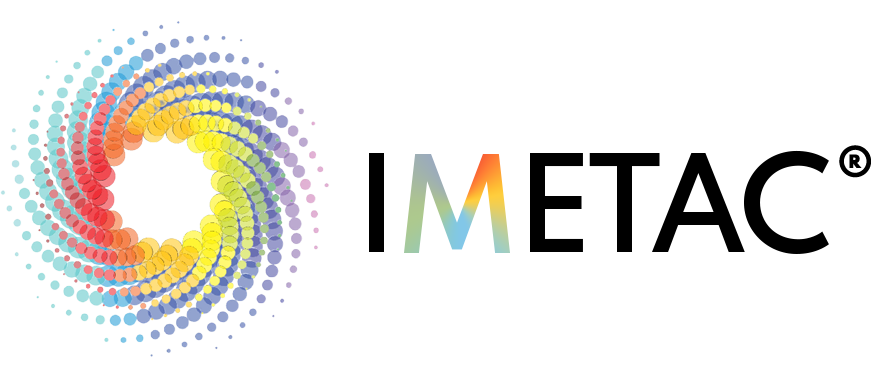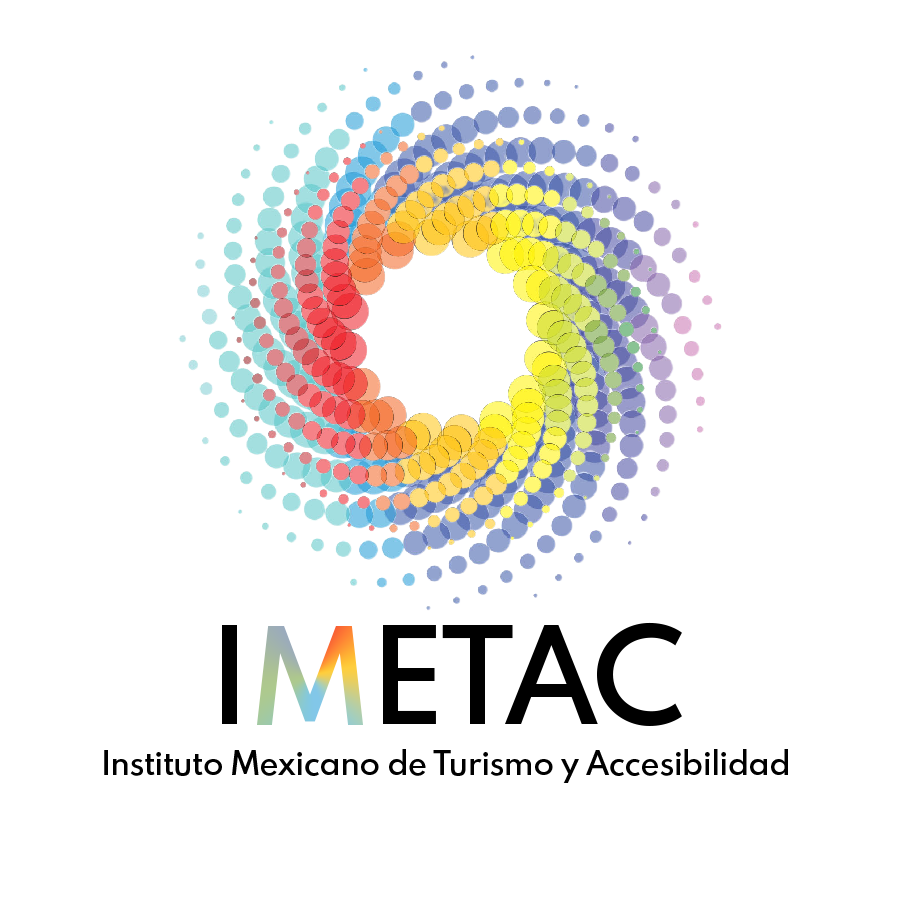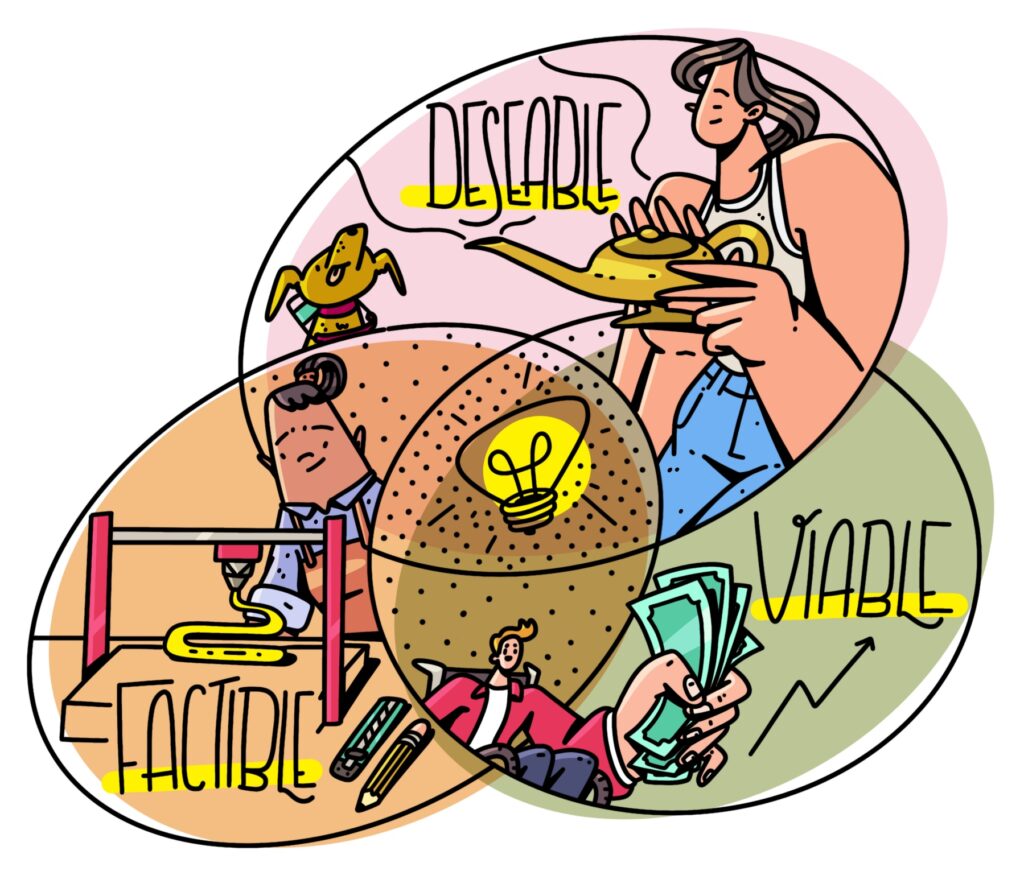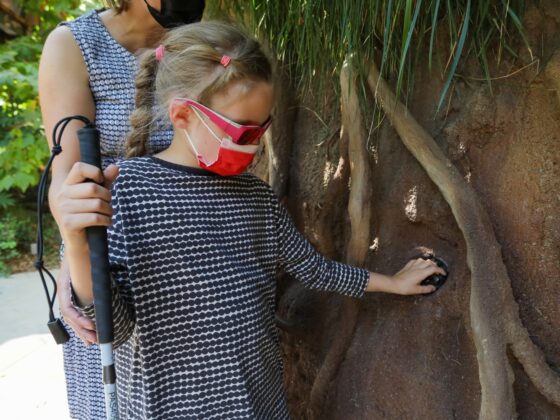Persons with Disabilities Centered Design is a methodology to develop specific products for this population. It is the result of years of research, where the learning and best practices of methodologies such as design thinking, universal design, inclusive design, among others, are integrated.
The methodology is based on generating products that are:
- Desirable: The products are attractive because they are designed from the specific experience of a person with disabilities. For example, in addition to being accessible, they have multisensory, motor, adaptable elements, among others, which allow each individual to enjoy them in their own way. However, even if they focus on a specific disability, they are not exclusive, since they provide new ways of interacting with the environment for the rest of the population.
- Viable: People with disabilities are an underserved niche market, with the purchasing power to invest in products, services and experiences that are designed for their needs. This implies questioning many prejudices and stereotypes about disability, such as the charitable or altruistic vision, to see it as a profitable opportunity for business.
- Feasible: Products are iteratively designed and validated by people with disabilities. Their participation is key at all stages of development and decision-making, to ensure that solutions are possible to implement. For this, the development of tangible and intangible prototypes is required, which allow testing and improving the proposals gradually.
Get certified to learn more about our methodology to generate truly accessible tourist experiences.



